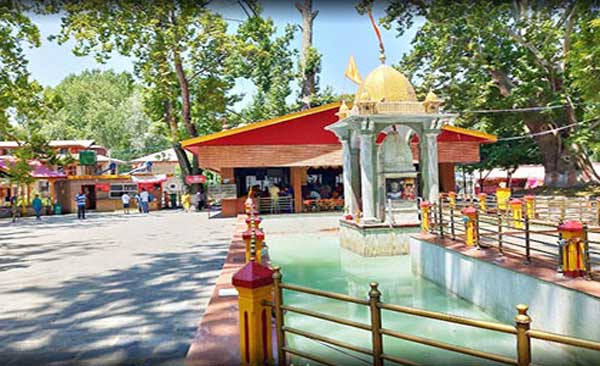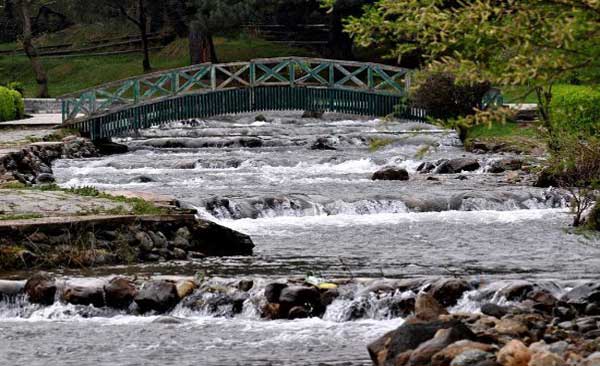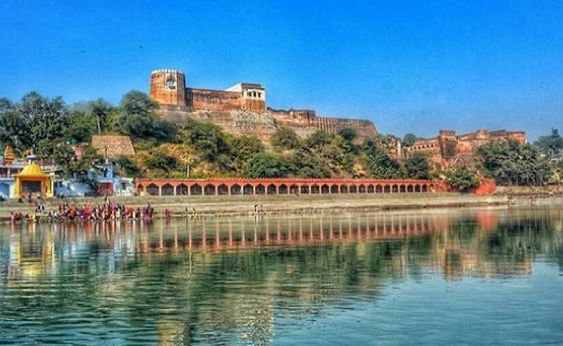Hazratbal
Hazratbal Shrine The white-domed shrine contains a relic believed by many Muslims of Kashmir to be a hair of the Islamic Prophet Muhammad. The name of the shrine comes from the Arabic word hazrat, meaning holy or majestic and the Kashmiri word bal, (a corrupted form of the Sanskrit vala, which means an enclosure) meaning place. The shrine is situated on the left bank of theDal Lake and is considered to beKashmirs holiest Muslim shrine. Hazratbal is known by many names including Assar-e-Sharief, Madinat-us-Sani, Dargah Sharief & Dargah.
According to legend, the relic was first brought to India by Syed Abdullah, a descendant of the Islamic prophet Muhammad who left Medina and settled in Bijapur, near Hyderabad in 1635. When Syed Abdullah died, his son, Syed Hamid, inherited the relic. Following the Mughal conquest of the region, Syed Hamid was stripped of his family estates. Finding himself unable to care for the relic, he sold it to a wealthy Kashmiri businessman, Khwaja Nur-ud-Din Eshai.
However, when the Mughal Emperor Aurangzeb came to know of what had transpired, he had the relic seized and sent to the shrine of Khwaja Moinuddin Chishti at Ajmer, and had Khwaja Nur-ud-Din Eshai imprisoned in Lahore for possessing the relic. Later, realizing his mistake Aurangzeb decided to restore the relic to Khwaja Nur-ud-Din Eshai and allowed him to take it to Kashmir.











